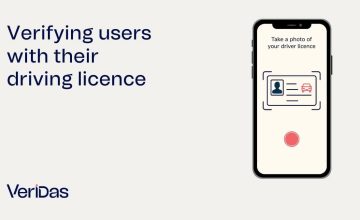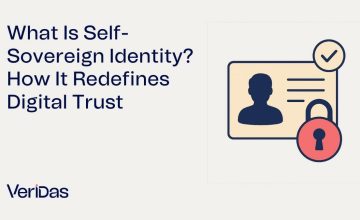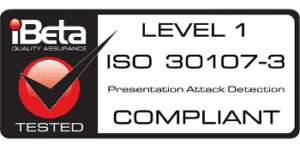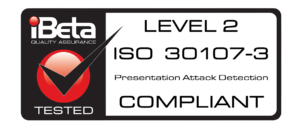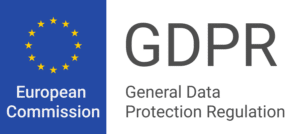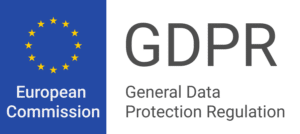Surely you have heard about identity theft or fraud in recent months, either on television, in the press, on social networks, or even from someone close to you.
The reality is that identity theft is a phenomenon increasingly present in our daily lives. The Identity Theft Resource Center (ITRC), a non-profit organization established to minimize risk and mitigate the impact of identity compromise, reports social media account takeovers has grown 1000% in the last 12 months.
In this article, we explain 3 ways to combat this type of attack to offer a 100% secure and fraud-free online interaction with your customers.
What is identity theft?
Before we begin, let’s explain what is known as identity theft. It is a type of attack in which a cybercriminal gains access to a person’s personal data.
This data is then generally used to commit what is known as identity fraud. In this way, cybercriminals impersonate the identity of these people and carry out online transactions in their name by making purchases or bank transfers.
What types of identity theft are there?
Cybercriminals use different methods to access and steal their victims’ personal data. Among the most common practices are the following:
- Phishing: With this method, fraudsters impersonate an institution (bank, insurance company…) to collect personal data and passwords via email or SMS.
- Pharming: This consists of fraudulently reproducing official websites so that regular customers of an institution operate on it and leak their personal data and passwords. This method is more sophisticated and requires a larger infrastructure.
- Malware: In this case, cybercriminals get hold of a person’s personal information through electronic viruses that infect cell phones or computers.
- Hacking: Cybercriminals can hack into devices in different ways such as through a Wi-Fi network. Once inside, they can access our personal data either through mobiles, computers or even smart TVs.
Identity theft prevention and protection
For enterprises, it is a challenge to find the balance between security and user experience. Typically, adding extra layers of security to a process has a negative impact on the user experience.
However, thanks to biometrics, we can effectively prevent fraud in online customer interaction processes while making them more convenient and intuitive for users.Below, we explain 3 measures that will help you eradicate identity fraud in your company.
1. Advanced validation of identity documents with NFC technology.
In a customer registration process, the first step is the verification of the national identity document. Our document analysis engine is able to process documents from more than 190 countries through an image and determine if it is authentic.
This Artificial Intelligence engine has anti-spoofing technology that is able to identify fraud attempts such as photocopies, changes in the document information, photographed documents, alterations in the document photo and other security measures.
In the most advanced scenario, Near Field Communication (NFC) technology, available in native environments such as iOS and Android, allows establishing a connection with the electronic NFC chip found in some documents with advanced security measures such as the Spanish DNI or passports under ICAO regulations.
This service adds a very robust layer of security since the forgery of a document with NFC is very complicated. This chip allows access to the original data and images of the document and contrast them with the printed information, thus providing an almost infallible level of validation.
2. Biometric comparison and liveness detection
It may happen that cybercriminals try to commit fraudulent attacks with valid identity documents. It is therefore vital to link the identity verified on the document with that of the person behind the screen who is carrying out the process.
This is where facial recognition technology comes in. Through a selfie taken by the user, the image is compared with the one on the identity document and it is analyzed if it is the same person.
This system also features anti-fraud technology evaluated by iBeta for compliance with ISO 30-107 standards. Thanks to this technology, sophisticated fraudulent attacks such as deepfakes, among others, can be identified.
This process allows linking the identity of the person performing the online transaction and therefore avoids identity theft.
3. Fraud detection software
The two measures mentioned above prevent fraud in the registration of new customers. However, it may happen that fraudulent customers already exist in your company’s database.
In this case, Veridas has a duplicate identity detection solution that allows you to scan your entire database in a matter of seconds. This way, you will be able to know if someone has registered several times under false identities.
Biometrics, the key to protection against identity theft
Biometrics is essential to prevent identity theft and protect your company and your customers from identity theft. At Veridas, we help hundreds of customers in more than 25 countries to protect their customers’ identities.
If you want to know more about how to protect your company from these types of attacks, please contact us and we will be happy to help you.





![[FREE DEMO]: Find out how our technology works live](https://no-cache.hubspot.com/cta/default/19918211/9d2f027d-2e80-4f2b-8103-8f570f0ddc7c.png)


